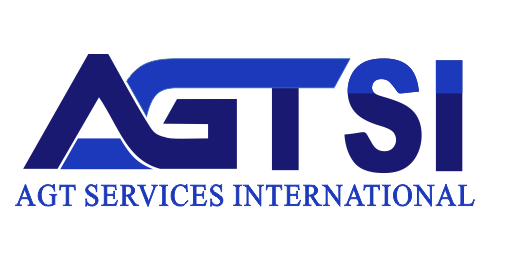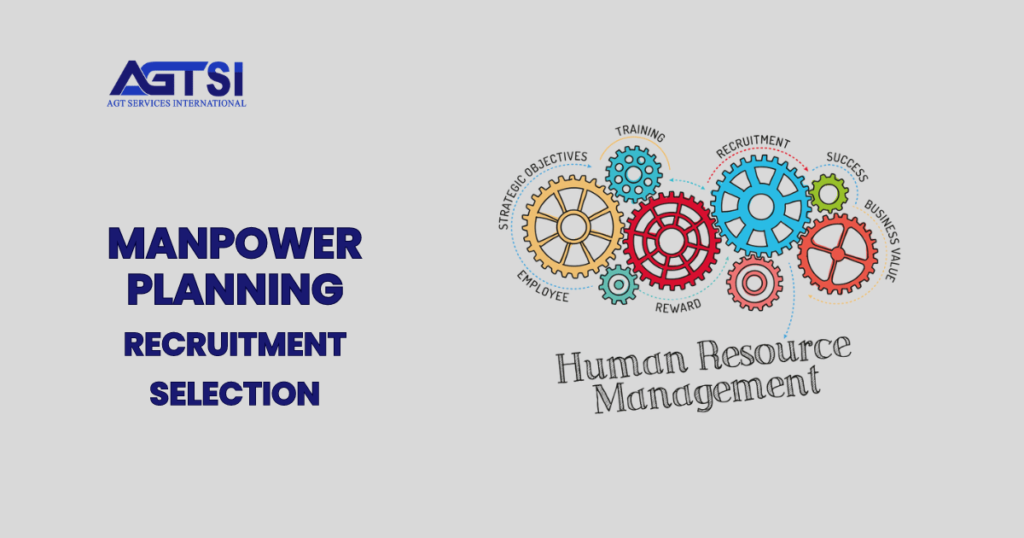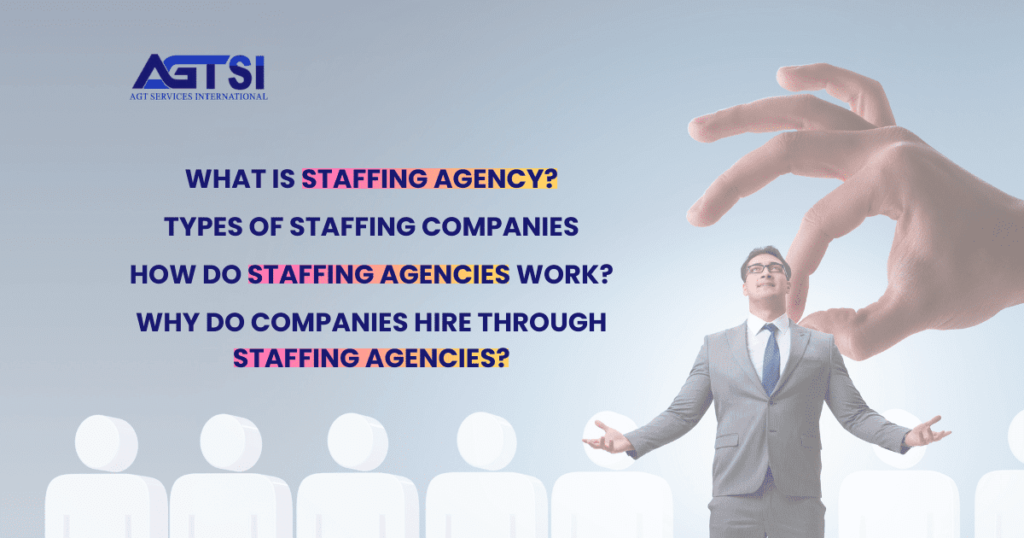In the dynamic landscape of modern business, strategic human resource management has become paramount for organizational success. Human resource management contains various important aspects such as recruitment, coordination, and control of the workforce. This complete guide delves into the complexities of manpower planning, recruitment, and selection, shedding light on their value and best practices.
Read Also: Manpower Efficiency Calculation Formula
The article summarizes key points from research on how to manage employees effectively. It shows that planning ahead for the right number of workers is crucial. It also talks about how to attract the best people for jobs and how to match their skills with what the job needs. This kind of planning and hiring is vital for a company’s success.
Manpower Planning, Recruitment, and Selection
At the core of every organization lies its human capital, making human resource management (HRM) a critical function. HRM contains a spectrum of activities, including hiring, compensation, safety, communication, motivation, performance management, and training. These activities collectively contribute to an organization’s efficiency, effectiveness, and overall performance.
1. Exploring Manpower Planning in Strategic HRM
Manpower planning is a critical part of strategic HRM, serving as the cornerstone for effective human resource management practices within organizations. Here’s a more detailed breakdown of each aspect of manpower planning:
A. Analyzing Current Workforce Inventory
This involves conducting a complete assessment of an organization’s existing workforce. It includes assessing the skills, qualifications, experiences, and performance levels of employees across various departments and levels. The analysis helps identify strengths, weaknesses, gaps, and areas for improvement within the workforce.
B. Forecasting Future Manpower Needs
Manpower planning extends beyond the present to predict and forecast future workforce requirements. This forecasting process considers factors such as business growth projections, technological advancements, industry trends, and changes in market demand. By forecasting accurately, organizations can actively address potential skill shortages or surpluses.
Read Also: What is Direct Sourcing in Recruiting?
C. Developing Employment Programs
Based on the analysis and forecasting, organizations develop strategic employment programs. Designing Work Plans programs contain recruitment strategies, hiring plans, internal mobility initiatives, succession planning, and talent development frameworks. The goal is to ensure a continuous pipeline of skilled and motivated employees who match with the organization’s strategic objectives.
D. Designing Training Initiatives
Training and development play an important role in manpower planning. Organizations design and implement training initiatives to improve employee skills, knowledge, competencies, and capabilities. Training programs may focus on technical skills, soft skills, leadership development, compliance training, and industry-specific certifications. Effective training initiatives contribute to employee engagement, retention, and performance improvement.
Read Also: Common Hiring Mistakes in Recruitment
2. Recruitment: Attracting the Right Talent
Recruitment plays a key role in strategic human resource management (HRM) by ensuring organizations attract and engage qualified individuals who align with the organization’s goals, culture, and values. Here’s a detailed explanation of recruitment and its significance:
A. Attracting the Right Talent
The primary goal of recruitment is to attract the right talent for organizational roles. Engaging Skilled Professionals involves identifying the skills, qualifications, experiences, and capabilities required for specific positions. Effective recruitment strategies focus on targeting candidates who not only possess the necessary job-related skills but also show consistency with the organization’s mission, vision, and corporate culture.
B. Creating a Pool of Suitable Candidates
Recruitment efforts involve creating a pool of suitable candidates through various channels such as job portals, social media platforms, professional networks, referrals, and recruitment agencies. Organizations use targeted messaging, clear job descriptions, and employer branding to attract potential candidates who resonate with the organization’s values and aspirations.
C. Promoting Job Opportunities
Recruitment encompasses promoting job opportunities through diverse marketing channels. This includes crafting engaging job advertisements, leveraging digital marketing strategies, participating in career fairs and networking events, and showcasing the organization’s unique selling points as an employer of choice. Promoting job opportunities increases visibility and attracts top talent to apply for open positions.
D. Ensuring a Transparent and Informative Application Process
A crucial aspect of recruitment is guaranteeing a transparent and informative application process for candidates. This includes providing clear job descriptions, outlining the recruitment process and timelines, offering insights into the organizational culture and values, and facilitating open communication channels for candidates to ask questions and seek clarification. A transparent and informative application process enhances the candidate experience and reflects positively on the organization’s employer brand.
Read Also: Avoiding Common Mistakes in Manpower Recruitment
3. Selection Process: Matching Talent with Roles
The selection process in human resource management (HRM) is a strategic endeavour aimed at identifying and hiring candidates who possess the right qualifications, skills, and attributes to excel in specific organizational roles. Here’s an in-depth exploration of the selection process and its significance:
A. Matching Candidates’ Qualifications and Skills
The primary objective of the selection process is to match candidates’ qualifications, skills, experiences, and competencies with job requirements and organizational needs. This involves assessing candidates’ educational backgrounds, work experiences, technical proficiencies, soft skills, and cultural fit to determine their suitability for the role.
B. Assessment Methods
The selection process incorporates various assessment methods to evaluate candidates’ suitability and potential for success in the role. These methods include:
Interviews:
Conducting structured interviews to assess candidates’ communication skills, problem-solving abilities, interpersonal skills, and alignment with organizational values.
Aptitude Tests:
Administering aptitude tests, cognitive assessments, and technical evaluations to gauge candidates’ analytical thinking, decision-making capabilities, and job-related competencies.
Reference Checks:
Contacting references provided by candidates or previous employers to verify candidates’ work history, performance, and professional conduct.
C. Rigorous Evaluation
A rigorous selection process involves thorough evaluation and scrutiny of candidates’ qualifications and skills through multiple assessment stages. This ensures that only the most qualified and suitable candidates progress through the selection process, leading to better hiring decisions and improved organizational performance.
Alignment with Organizational Culture and Values: Beyond technical qualifications, the selection process emphasizes assessing candidates’ alignment with the organization’s culture, values, mission, and vision. Hiring candidates who resonate with the organizational culture fosters a positive work environment, enhances employee engagement, and contributes to long-term organizational success.
Read Also: How Are Recruitment Agencies Solve Global Talent Shortages?
Importance of Manpower Planning, Recruitment, and Selection
The seamless integration of manpower planning, recruitment, and selection is crucial for organizational success. These processes are interdependent and contribute to better employee performance, job satisfaction, and organizational stability. Effective planning ensures alignment with organizational goals, recruitment attracts top talent, and selection ensures the right fit for roles.
Optimizing Human Resources Management
To optimize HRM, organizations must focus on employee motivation, job satisfaction, and retention. Providing favorable working conditions, offering incentives, rewards, and recognition, and fostering a culture of empowerment and collaboration are essential strategies. HRM practices must evolve to meet the changing needs of employees and the organization.
Addressing Challenges and Driving Success
Effective HRM practices address challenges such as employee turnover, mismatched skills, and low job satisfaction. By implementing strategic planning, targeted recruitment, and rigorous selection processes, organizations can mitigate these challenges and drive success. Continuous improvement, feedback mechanisms, and performance evaluations are integral to HRM success.
Read Also: 21 Best Free Candidate Sourcing Tools for Recruiters
Manpower Planning, Recruitment, and Selection: Final Thoughts
In conclusion, manpower planning, recruitment, and selection are integral components of strategic human resource management. These processes not only ensure the right talent is in the right roles but also contribute to organizational effectiveness, efficiency, and competitiveness. By prioritizing HRM practices and optimizing human resources, organizations can achieve sustainable growth and success in today’s dynamic business environment.
Read Also: 10 Practical Steps to Increase Recruiter Productivity
Read Also: 20 Recruiting Ideas Outside the Box



















